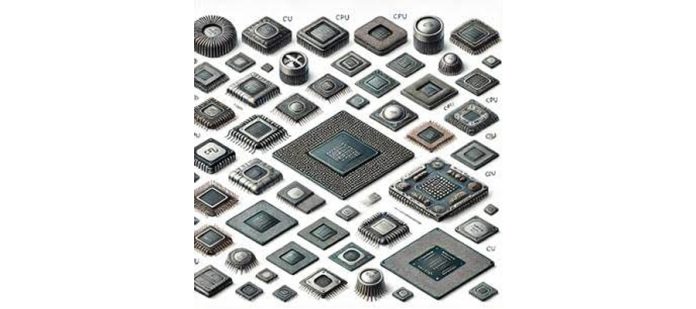Chiplets are reshaping microprocessor design by offering modularity, cost-effectiveness, and performance gains. By breaking traditional monolithic chips into smaller, specialized components, chiplets simplify design improvements and enable scalability. However, this promising technology faces several challenges hindering its broader adoption. Let’s explore these obstacles in detail.
Technological Complexity
Chiplets bring advanced design possibilities but also introduce technical hurdles. Achieving efficiency across multiple chiplets is not a straightforward task.
Interconnect Standards
One of the most prominent issues is the lack of standardized interconnect protocols. Chiplets from different manufacturers often struggle to communicate seamlessly. Current interconnect solutions, like those based on proprietary designs, limit interoperability. This forces companies to either develop their ecosystem or adhere to rigid standards, slowing innovation. A universal interconnect standard, such as Universal Chiplet Interconnect Express (UCIe), could address this bottleneck, but widespread adoption is still a distant goal.
Thermal Management
Heat dissipation becomes more complex in chiplet architectures. Each chiplet generates heat, and when these are packed tightly within a system, thermal management turns into a challenging puzzle. Standard cooling systems may no longer suffice, requiring innovative solutions like 3D stacking techniques and advanced cooling materials. Without effective heat control, performance suffers, and longevity decreases.
Market Competition
While the chiplet market is growing, it is tightly contested by industry giants and budding startups.
Dominance of Large Semiconductor Firms
Major players dominate advanced semiconductor technologies and often dictate industry trends. Companies like Intel, AMD, and TSMC hold much of the market share, making it harder for smaller businesses to compete. Their massive resources allow them to innovate and deploy at a scale that smaller competitors cannot match. This monopoly stifles competition and leads to slower industry-wide progress.
Emerging Startups and Innovations
Startups are essential for fostering innovation. However, they often face financial and technological barriers to entering the chiplet market. Disruptive ideas struggle to gain traction when pitted against well-funded incumbents. While venture capital investment in these companies is increasing, many promising ideas die because of insufficient funding or technical expertise.
Supply Chain and Manufacturing Issues
COVID-19 exposed the fragility of global supply chains, and the chiplet market is no exception. Key materials and manufacturing networks face significant setbacks.
Material Shortages
High demand for semiconductors has strained the availability of raw materials. Critical components like rare earth metals remain limited, leaving manufacturers unsure about how to fulfill orders. The situation worsens as geopolitical tensions over resource control further delay material acquisition.
Manufacturing Process Complexity
Chiplet production often relies on cutting-edge manufacturing processes, such as extreme ultraviolet (EUV) lithography. These processes are expensive, labor-intensive, and prone to errors. Scaling production while maintaining consistent quality adds to the challenge, driving up both costs and timelines.
Regulatory and Compliance Challenges
Navigating industry regulations is another hurdle for chiplet developers. Meeting global standards while protecting intellectual property (IP) rights is no easy feat.
Compliance with International Standards
International semiconductor markets impose various standards to ensure quality, safety, and compatibility. As different regions adopt different regulations, manufacturers must develop chips that satisfy multiple legal frameworks. This can increase costs and introduce engineering challenges.
Intellectual Property Issues
Efforts to integrate chiplets require collaborative innovation, which often leads to IP sharing. Disputes over patent ownership and usage rights can slow the development process. In a market where innovation drives value, IP issues remain a significant concern.
Chiplets Market Outlook 2034
The chiplet industry is set for explosive growth over the next decade. Valued at around $7.14 billion in 2023, the market is projected to skyrocket to $555 billion by 2034, reflecting a staggering CAGR of 46.47%. This surge highlights not only a growing demand for chiplet solutions but also ongoing advancements in semiconductor production. With applications ranging from data centers to consumer electronics, chiplets will likely become even more essential to the technology ecosystem.
Conclusion
While chiplets have transformative potential, the path forward is riddled with challenges. From standardization hurdles and thermal issues to supply chain constraints and regulatory obstacles, each roadblock requires careful navigation. Collaboration across industry stakeholders, investment in research, and regulatory clarity are all essential to unlock the true promise of chiplets. If these challenges can be overcome, the future of computing will be shaped by the success of the chiplet market.









